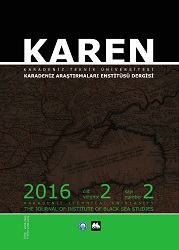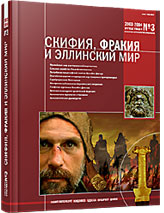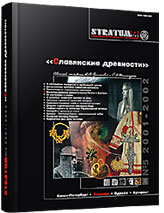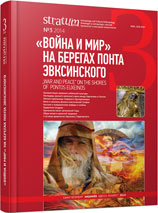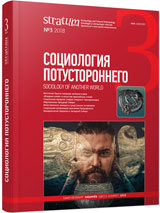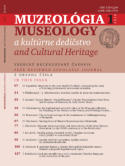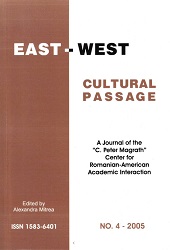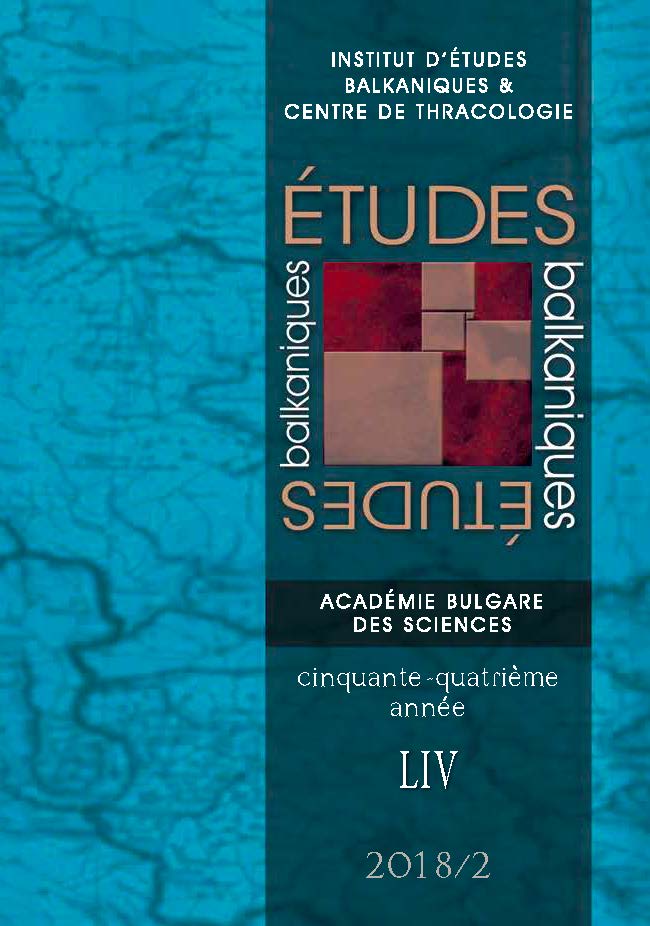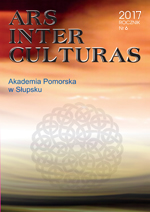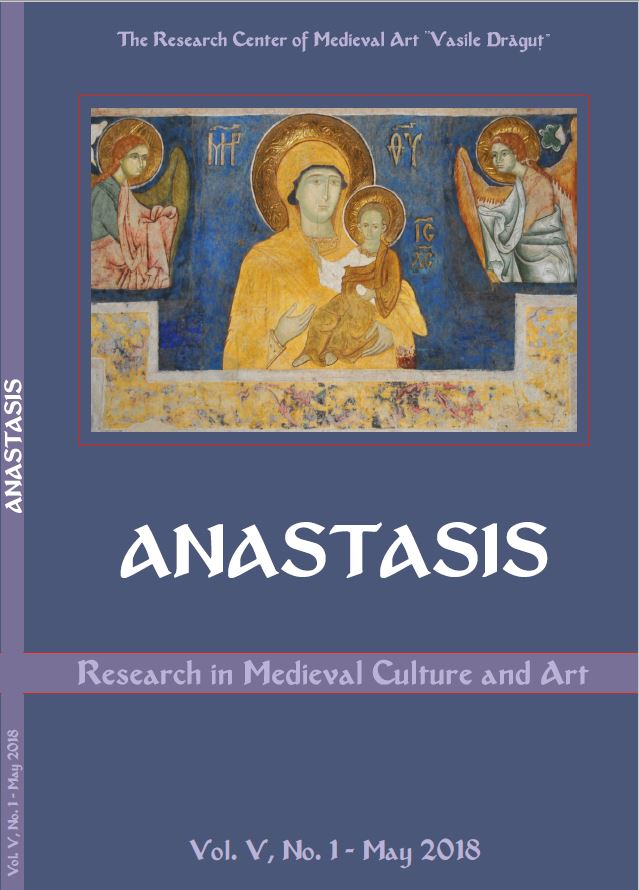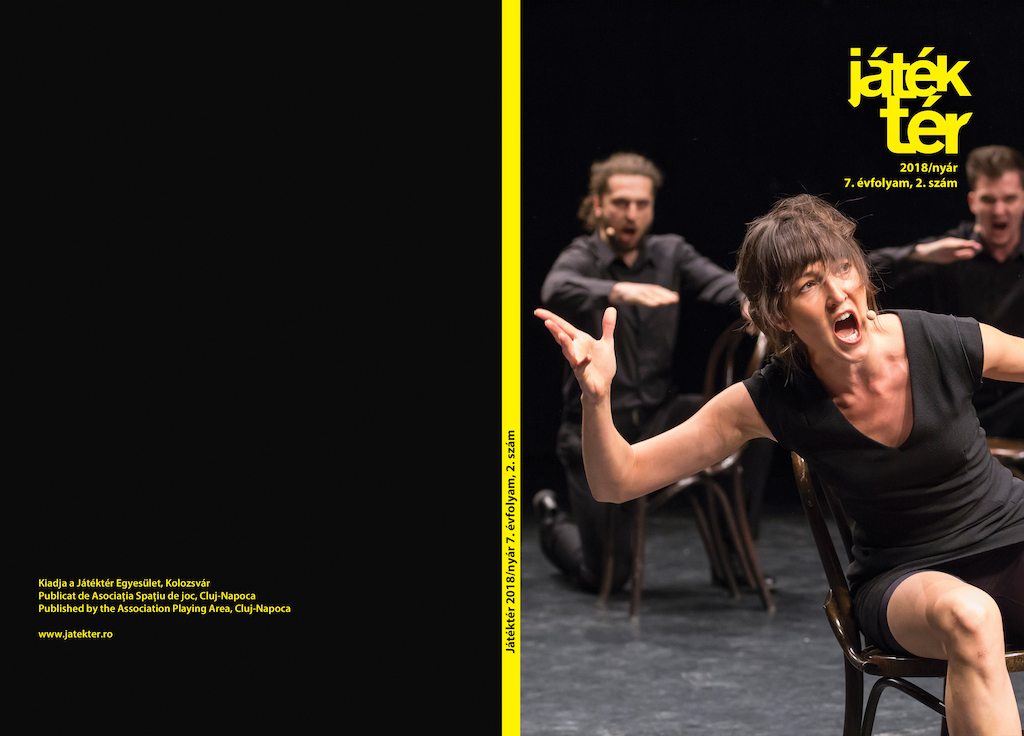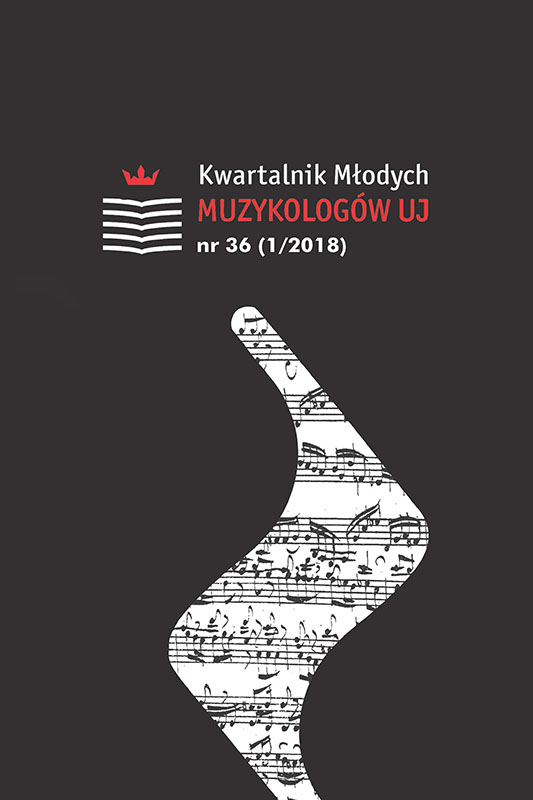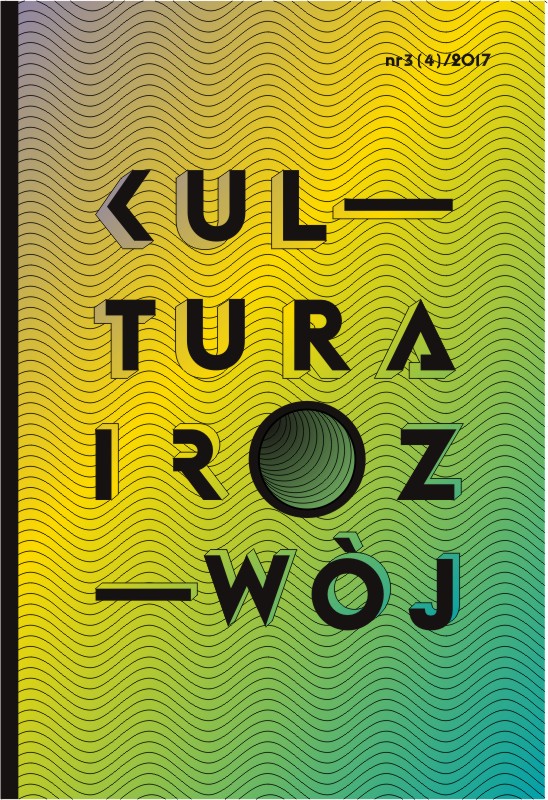Author(s): Olga N. Enukova / Language(s): Russian
Issue: 5/2002
Podbolotje cemetery situated at a distance of 12 km to the south-west from the town of Murom excavated in 1910 by V.A. Gorodtzov drew expert’s attention many times. Classification and division into periods of female adornemts of this cemetery are offered in the article. According to correlation of different ware types 5 stages in develorment of adornment set were distinguished (A, B, C, D, E). The stage B breaks down into three periods.Stage A. Haloes of type 1 (Fig. 1, 18), earrings of department 1, type 1 (Fig. 1, 26), beads made of red glass, plaque of type 2 (Fig. 2,15), sulgams of type 1 (Fig. 1, 35), spiral 7-twisted and round wire blacelets are specific for this stage. Temporal rings of department 1, type 2 (Fig. 1, 28), haloes of type 2 (Fig. 1, 20), noisy pendants of department 1, type 1 and of department 2, type 2 (Fig. 2, 10, 12), finger-ring of type 2A (Fig. 2, 6) appear.Stage B. Back pendants of type 2 (Fig. 2, 2), multicoloured glass beads are the common feature of the stage. Head straps of type 1 (Fig. 1, 23), grivnas of type 1 (Fig. 1, 31) are basically typical for it. White paste beads and sulgams of type 2 (Fig. 1, 33) appear at this stage. In the first period of stage B haloes of type 3 (Fig. 1, 19), noisy pendants of department 1, types 1 and 2 (Fig. 2, 10, 11), of department 2, type 2B (Fig. 2, 13), department 3, type 1 show up. Plaits of type 1 (Fig. 1, 28) are specific. Among earrings large murom type oh them predominate (Fig. 1, 24). In the second period head plaits are represented only with type 2 (Fig. 1, 24), earrings relate basically to the department 1, type 2B (Fig. 1, 28), grivnas of type 2 appear (Fig. 1, 32), umbo-shaped noise pendants of variant A are specific, side straps of, type 2 are widely spread. In the third period small earrings of murom type (Fig. 1, 30), plaques of type 1 (Fig. 1,4), haloes of type 4 (Fig. 1, 21), back pendants of type 3 (Fig. 2, 3), noisy pendants of department 3, type 2 (Fig. 2, 18), and bottleshaped pendants appear.Stage C. Haloes of type 4 (Fig. 1, 21) appear, head straps of type 2 (Fig. 1, 2, 5) are widely spread, earrings and noisy pendants are extremely various, back pendants pertaicyonly.to type 3 (Fig. 2, 3). White paste spherical beads are more .widely spread among glass ones,. Plaques are very popular, they are represented basically with type 3 (Fig. 2, 16), spiral bracelets of type 1B and finger-rings of type 2A and 2B (Fig. 2, 6, 7) are often met, foot-wear adornments of type 1 (Fig. 2, 21) are specific.Stade D. Adornment set becomes much more poor. Head plaits and straps, back pendants, and side straps vanish. Haloes are represented only with type 3 (Fig. 1, 19). earrings and beads are very.rare, blue, small beads are.specific among them. Bracelets are atill used, lamellar bracelets with unbent ends appearing. In the stage D noisy pendants of department 3, type 4 (Fig. 2, l’,4) are used, footwear adornments become more plain.Stage E. Finno-ugreian. adornments almost vanish, noisy pendants, earrings of a murom type and spiral finger-rings are very rare. Bracelet-shaped rings with tied ends, silver-glass beads, and lemon-shaped piercing appear. Lamellar bracelets with the ends in the form of beast head are spread.The absolute dates of stages are determined: A – the second half of the 6th – the beginning of the 7th centuries; B – the 7th – the beginning of the 9th centuries; C – the 9th – the beginning of the 10th centuries; D – the 10th century; E – the end of the 10th – the first half of the llth centuries. It is illustrative that in the 10th century (stage D) a smooth course of female adornment evolution gets broker and afterwards the ware popular in Slav culture starts to prevail. This phenomena demonstrates assimilation of autohtonic Finno-peshle by Slav migrants.
More...
